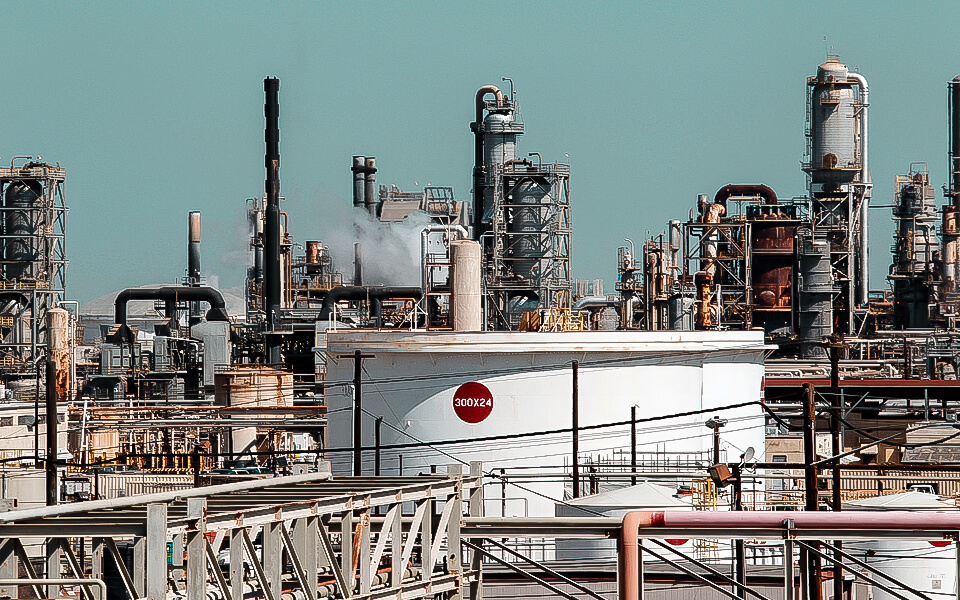Exxon, Chevron Cornerstone on Oil Projects in the Americas
Key Takeaways:
- More than 70% of Exxon’s capital investments will be deployed in strategic developments in the U.S. Permian Basin.
- The two largest U.S. oil companies pull back from international projects.
- Both U.S. supermajors have spoken about 2023 capital budget allocation in their disclosures. They would focus sharply on the Permian and a handful of oil and gas projects in North and South America.
- Five western majors displayed record profits this year. Exxon and Chevron shares have hit historical elevations this quarter.
The focal point on shareholder returns has led to pressure from the White House. The Biden administration has denounced oil companies for not raising their oil production to help lower prices for consumers. Yet, the following year’s budgets remain within the ranges each set before the Ukraine war fed a global energy shortage.
Energy projects have suffered in the past years. The significant leaders Exxon and Chevron have decided to lay out detailed plans to recover the lost project. It is about time that the oil industry picked up the slack.
Exxon and Chevron are betting on oil and gas assets in the Americas as they seek to capitalize on bountiful resources with good returns closer to home. Exxon is an American Multinational Oil and Gas Corporation located in Texas.
Whereas Chevron is situated in California. These two firms aim to raise the expenditure amid the naturally high demand for oil and gas. It is working for price rises as well.
Exxon said, it would surge project investments next year to between $23 billion to $25 billion, up from an estimated $22 billion this year.
Chevron plans to spend $17 billion, up from about $15 billion this year. Increases include new capital for emission reduction projects and the impact of inflation. Inflation plays a great deal with the pricing charts.
The difference occurs when private and public companies have their say. They have their administrative differences and respective business pursuits.
In the corporate plan through 2027, Exxon mentioned last month that its investments in 2023 were expected to be in the range of $23 billion to $25 billion “to help increase supply to meet global demand.”
Exxon also mentioned that, By 2027, upstream production is projected to grow by 500,000 oil-equivalent barrels per day to 4.2 million oil-equivalent barrels daily, with more than half of the total coming from crucial growth areas.
The plan is that Chevron continues to bet on the Permian, too. Out of animate CAPEX of $14 billion for 2023, its upstream Capex includes more than $4 billion for Permian Basin development, and roughly $2 billion for other shale and dense assets.
The most significant change will be the amount of cash earned. Assuming global oil prices of $60/barrel, Exxon sees potential for $100 billion in excess cash by 2027.
According to Jefferies equity research, Chevron should generate about $34 billion in free cash flow next year, twice its oil investment levels.
The attention on the Western Hemisphere will grow in the coming years as priority is given to the shareholder returns and cost-cutting of frontier drilling projects.
Mr. Cahill said the advent of U.S. Shale eased Western oil companies’ concerns about procuring oil supplies. However, a shareholder rebellion against the industry’s overspending a few years ago pushed them to truncate their footprints further.
Chevron’s international output fell 3% following the expiration of concessions in Thailand and Indonesia. In addition, it swore to depart from Myanmar, citing human rights violations. Since 2019, it has emptied assets in Azerbaijan, Denmark, and the United Kingdom, among other places.
Chevron holds on to some international assets close to home. For example, the U.S. has granted it a new license to pump oil into Venezuela again after years of sanctions.
Chevron would have to contend with various technical issues in Venezuela’s aging oil fields and take on political perils to expand.
The consequential move away from a foreign country occurred in Russia last year. The Kremlin wiped out Exxon’s stake there in a notable oil-and-gas project it had operated since the 1990s after Exxon tried to exit from the venture following Russia’s invasion of Ukraine. It was a bold move.
A Research fellow at Columbia University’s Center on Global Energy Policy believed that Exxon and Chevron have said they plan to expand into new businesses providing low-carbon technologies to other companies.
They could explore partnerships with countries and state-run companies that do not have access to those technologies.







